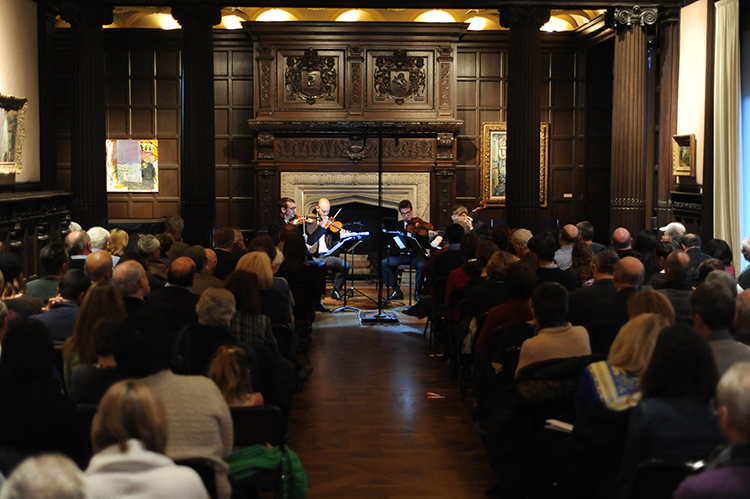
Thomas Eakins, Miss Amelia Van Buren, c. 1891. Oil on canvas, 45 x 32 in. The Phillips Collection, Washington, DC, Acquired 1927
Growing up as the daughter of a classics professor, I was dragged to quite a few museums over the course of my formative years. I didn’t always think it was fun then, but when I grew into an adult and it was time to make decisions regarding the course of my life (like choosing a college major), these trips with Dad proved to be highly influential.
The Phillips Collection was a special place to him. One of my earliest memories, perhaps I was 4 or 6 years old, was standing in front of the Thomas Eakins’s portrait of Miss Amelia Van Buren in one of the parlors in the house portion of the museum, and Dad excitedly telling me why this painting had his unwavering adoration. What was in Miss Amelia’s mind? Look at how vulnerable, bored, and isolated she appears. Notice the light, the chair, her hands. Why would Eakins choose to paint her this way? What does the composition tell us about the role of women at the time of its creation; what does it tell us about this woman? He was smitten.
Miss Amelia Van Buren was in fact quite an independent woman, a quality my father, years ago, perceived entirely through the representational queues of her portrait. From the size of the chair she sits in to the empty background and lack of defining objects, the strength of this woman resting here in her vulnerability and humanity captures our complete attention. Amelia Van Buren was a painter and photographer who studied under Eakins at the Pennsylvania Academy of Fine Arts; “by which art she hoped to support herself, her parents I believe being dead,” wrote Eakins. She never married but chose to live in partnership with a fellow female student of Eakins, allowing both women to live independently of financial support from a man. For a woman of her time, Van Buren’s lifestyle would have been considered unconventional. She and Eakins remained friends after his resignation from the academy and this portrait was a gift to her many years later. The painting was enthusiastically acquired by Duncan Phillips in 1927 directly from Miss Van Buren herself.
My dad recently visited the museum and much to his delight saw his “old girlfriend,” currently on display as part of the permanent collection and the Made in the USA exhibition opening March 1. He said “there she is! What do you imagine is going through her mind?”
Lydia O’Connor, Finance Assistant

